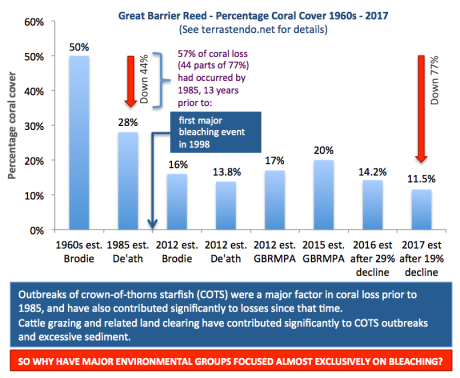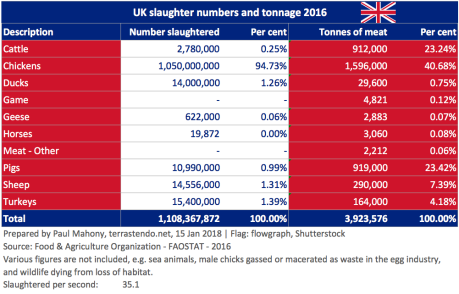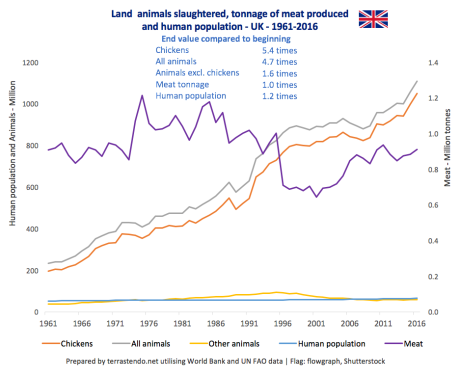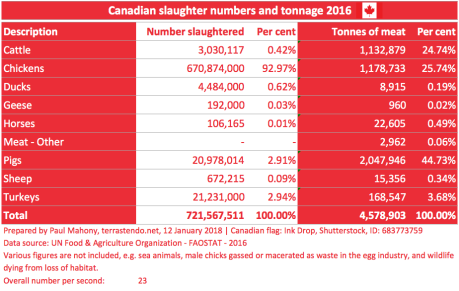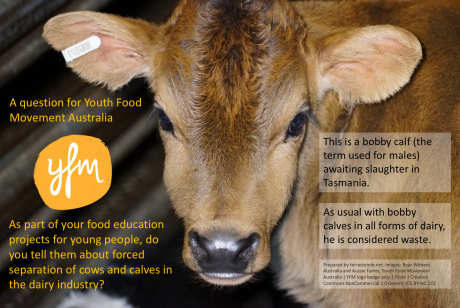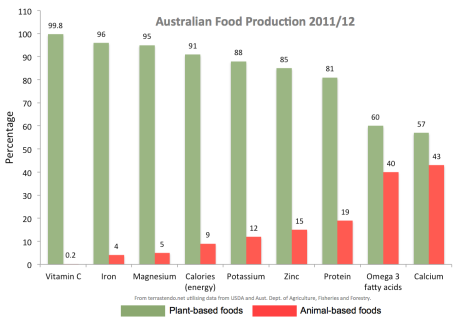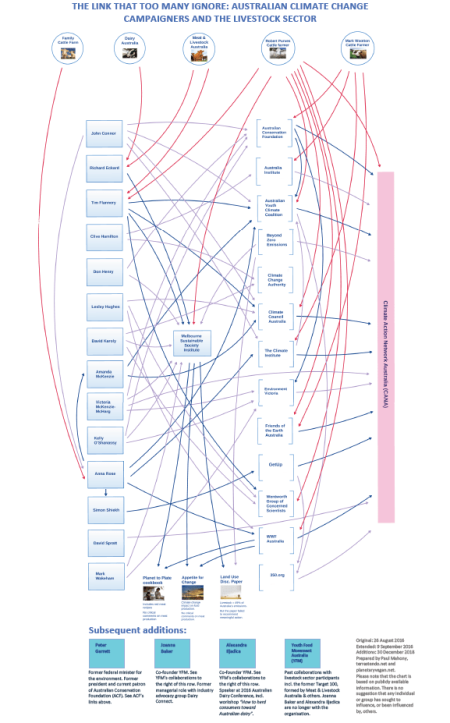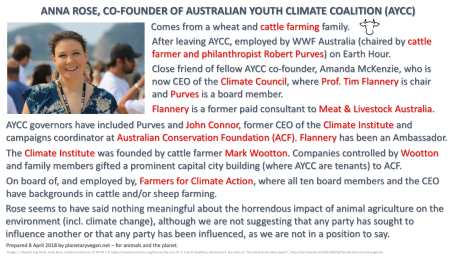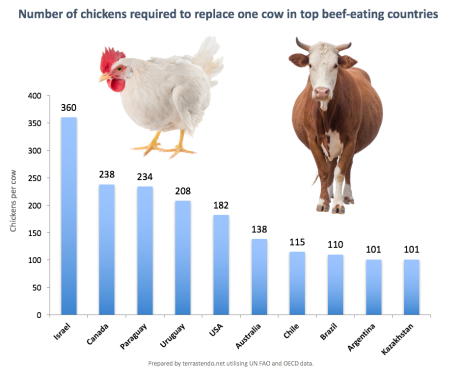NEW SITE: PLANETARY VEGAN
THE GREAT BARRIER REEF AND THE IMPACT OF ANIMAL AGRICULTURE
Creative Commons licence for the above image: CC BY-SA 2.0
LIVESTOCK-RELATED LAND CLEARING
The Queensland government’s State Landcover and Trees Study (SLATS) has shown that, between 1988 and 2016, 93,970 square kilometres of land were cleared or re-cleared for pasture in Queensland, which is equivalent to 11.2 million rugby fields (or 17.5 million American football fields), with the process accelerating in recent years after a partial ban on broadscale clearing was lifted in 2013.
SLAUGHTER NUMBERS
World
USA
China
UK
Australia
Canada
New Zealand
The shocking and shameful figures in the next image reflect the full period of animal slaughter statistics published by the UN Food & Agriculture Organization to 2016. As in all images in the “bubble” and bar chart series, each “number” contributing to the slaughter total represents a thinking and feeling individual, able to experience physical and psychological pain.
MEAT CONSUMPTION
Our government wants Australia to become “the healthiest nation on earth, with the longest life expectancy” by pursuing a “‘national mission’ that harnesses genetic and precision medicine innovations” (James Massola & Adam Gartrell, Sydney Morning Herald, 30 Jan 2018). Instead of focusing on medical research at the expense of animals, why not do something about this?
YOUTH FOOD MOVEMENT AUSTRALIA
ANIMAL CRUELTY
SOCIAL JUSTICE
SOURCES OF NUTRITION
CLIMATE CHANGE IN GENERAL
The following two images are from the video presentation “Is it crunch time for the climate?”
CLIMATE CHANGE AND ANIMAL AGRICULTURE
Emissions intensity (kg CO2-e/kg protein) for beef, sheep meat and cow’s milk:
Emissions intensity (kg CO2-e/kg protein) for other products:
WHAT’S YOUR CRUELTY FOOTPRINT?
If you replace beef and lamb with chicken in order to reduce your carbon footprint, then you are massively increasing your cruelty footprint. This chart shows the number of chickens required to replace one cow in the top per capita beef-eating countries:




